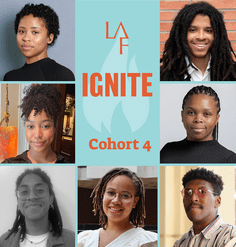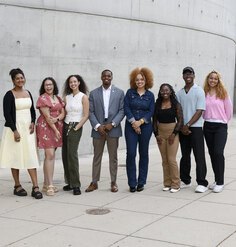Olmsted Scholar Feature: Park City: Re-Creating the Essence of "Park"
By Ryan Coghlan, 2014 University Olmsted Scholar
Today over half the world’s population lives in cities. With this number set to grow to over 80% by 2050, how best to grow cities has become a problem global in scope. Combined with land shortages, this growth has frequently lead to densification, and with it, increased strain on local resources and the environment. Left unchecked, this strain has the potential to threaten the long-term health of both society and the environment worldwide.
Throughout the modern era, parks have been vital to combatting the negative effects of such densification. Having historically been viewed as distinct from the surrounding city, parks have been able to perform functions that are forbidden elsewhere in urban environments. By taking on a variety of social, cultural, and more recently, ecological roles, parks have helped reinforce the systems that densification strains, allowing cites to grow and thrive over time. Today, however, the very land shortages and resulting densification that is creating the need for more parks also makes it impossible to create them as they have traditionally been conceived.
Inevitably defined in relation to the city in which it is used, “park” implies specific physical forms, functions, and values. By re-creating these qualities throughout the city, we can, in essence, reconceptualize the city itself as a park. Such a city would have all the qualities of “park”, but permeated throughout rather than in discrete spaces. Through this approach, the city fabric could assume the roles that parks have traditionally played, allowing the city to continue growing and thriving.
For my graduate thesis, I developed a framework and design approach that could help this reconceptualization of the city as a park to occur. To study how this might be done, I examined Vancouver, Canada and how the basic qualities of the city’s successful parks – for instance, their spatial properties, plant palettes, and hydrological features – allow them to perform their roles within the city. Using this analysis as a guide, I then proposed four design prototypes that added these qualities to common urban spaces such as streets, alleys, and apartment buildings, such that the resulting spaces could perform both their existing roles and those of parks.
By creating ways for common urban spaces to perform both their current functions and those of “park,” densifying cities can continue enjoying parks’ many benefits despite their shrinking land base. By focusing on the qualities of parks, rather than their specific forms, we can begin to create new park forms appropriate for the dense urban environments of today. Given the extent of urbanization today and the ways parks’ benefits mitigate the effects of densification, this work I hope will ultimately help lead to more sustainable and healthy urban environments.
Ryan Coghlan received his Master of Landscape Architecture from the University of British Columbia in May 2014. He currently is helping develop a schoolyard design guidebook for parents and schools while working for the Vancouver School Board and University of British Columbia. He recently moved to London in the United Kingdom to pursue his career in landscape architecture.










